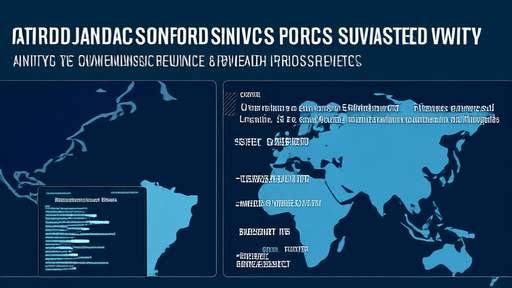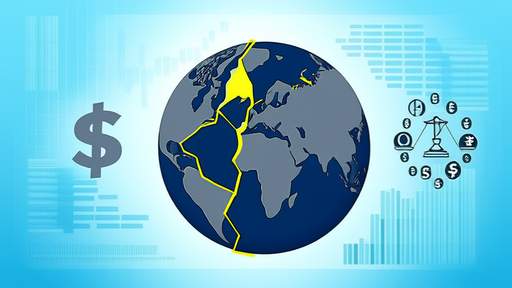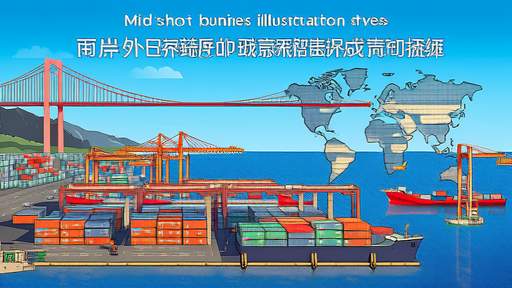The World Bank's new Business Enabling Environment (BEE) assessment framework marks a significant shift in how global economies are evaluated for their business-friendly policies. Unlike the previous Doing Business report, which faced criticism for methodological biases and limited scope, the BEE framework adopts a more holistic approach. It emphasizes sustainable development, inclusivity, and the broader regulatory environment that impacts businesses of all sizes. This evolution reflects a growing recognition that economic growth cannot be measured solely by the ease of starting a business but must account for long-term operational conditions.
At its core, the BEE framework evaluates ten key indicators, including taxation, infrastructure, and workforce readiness. Each indicator is designed to provide a nuanced understanding of the challenges and opportunities within a country's business landscape. For instance, the taxation metric no longer merely looks at the number of taxes or rates but examines the efficiency of tax administration and the predictability of fiscal policies. This deeper dive allows policymakers to identify specific pain points that may hinder investment or stifle innovation.
One of the most notable changes in the BEE framework is its focus on gender equality. The new assessment criteria explicitly measure how regulatory environments affect women entrepreneurs, from access to credit to legal protections against discrimination. This inclusion is a response to decades of research showing that economies with greater gender parity tend to exhibit higher productivity and resilience. By spotlighting these disparities, the World Bank aims to incentivize reforms that unlock the full potential of half the world's population.
Another critical aspect of the BEE framework is its treatment of environmental sustainability. Unlike previous iterations that largely ignored ecological concerns, the new system incorporates metrics like renewable energy adoption and waste management efficiency. This reflects a broader trend in global economics—where climate risks are increasingly seen as financial risks. Countries that fail to green their business environments may find themselves at a competitive disadvantage as international investors grow more discerning about environmental, social, and governance (ESG) factors.
The implementation of digital governance features prominently in the BEE criteria. From online business registration to e-filing of taxes, the framework assesses how technology reduces bureaucratic friction while increasing transparency. In developing economies where paper-based systems still dominate, this push toward digitization could dramatically lower compliance costs for small and medium enterprises (SMEs). However, the assessment also cautions against digital divides, urging governments to ensure equitable access to these tools across urban and rural areas.
Labor market regulations receive expanded attention under the new system. Rather than simply measuring hiring and firing flexibility, the BEE evaluates worker training programs, social safety nets, and the alignment between education systems and industry needs. This shift acknowledges that a skilled, adaptable workforce is just as vital to business competitiveness as streamlined permitting processes. For countries relying heavily on foreign direct investment, improvements in these areas could prove decisive in attracting high-value industries.
Perhaps the most ambitious element of the BEE framework is its attempt to measure "regulatory coherence"—the degree to which various laws and policies work in harmony rather than contradiction. In many developing nations, businesses grapple with overlapping or conflicting regulations across different government agencies. The new assessment methodology dissects these institutional frictions, providing a roadmap for governments to synchronize their rulemaking processes. Early pilot studies suggest this could significantly reduce the compliance burden, particularly for export-oriented firms navigating complex cross-border requirements.
The World Bank has taken pains to emphasize that the BEE scores are not meant to shame underperformers but to provide actionable insights. Each participating economy receives a detailed diagnostic report highlighting strengths and pinpointing areas for improvement. This advisory approach contrasts with the previous ranking system, which often led to knee-jerk reforms aimed at climbing the leaderboard rather than addressing systemic issues. Development economists hope this change will foster more meaningful, context-sensitive policy adjustments.
Critics of the new framework argue that its expanded scope may overwhelm smaller nations with limited administrative capacity. Measuring 2,400 data points across ten indicators requires resources that some low-income countries simply don't possess. In response, the World Bank has pledged technical assistance and phased implementation timelines. Yet questions remain about whether the BEE's complexity might inadvertently favor wealthier nations with robust statistical agencies.
Private sector reactions to the BEE have been cautiously optimistic. Multinational corporations appreciate the framework's broader lens, which aligns better with their real-world operational challenges. Meanwhile, SME advocates welcome the attention to localized pain points like utility connections and minority entrepreneur support. However, some business groups have expressed concerns about potential "assessment fatigue" as governments redirect resources from actual reforms to data collection for yet another benchmarking exercise.
As the first official BEE reports begin circulating in 2024, their true test will lie in whether they drive substantive policy changes. The World Bank estimates that comprehensive adoption of BEE-recommended reforms could add trillions to global GDP by 2030. But this potential hinges on governments treating the assessments as living documents rather than report cards—continuously refining regulations in dialogue with the private sector. In an era of economic uncertainty, the BEE framework offers not just a measurement tool but a vision for building economies that work for everyone.

By /Jun 3, 2025

By /Jun 3, 2025

By /Jun 3, 2025

By /Jun 3, 2025

By /Jun 3, 2025

By /Jun 3, 2025

By /Jun 3, 2025

By /Jun 3, 2025

By /Jun 3, 2025

By /Jun 3, 2025

By /Jun 3, 2025

By /Jun 3, 2025

By /Jun 3, 2025

By /Jun 3, 2025

By /Jun 3, 2025

By /Jun 3, 2025

By /Jun 3, 2025

By /Jun 3, 2025

By /Jun 3, 2025

By /Jun 3, 2025